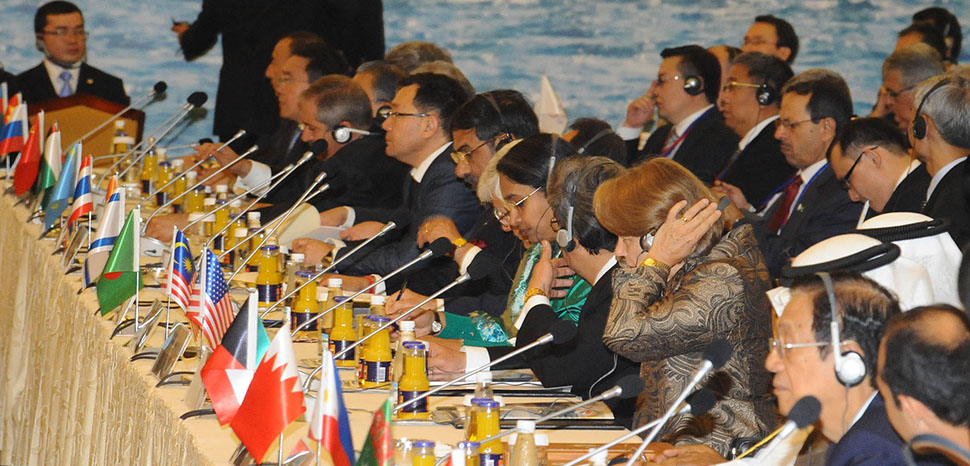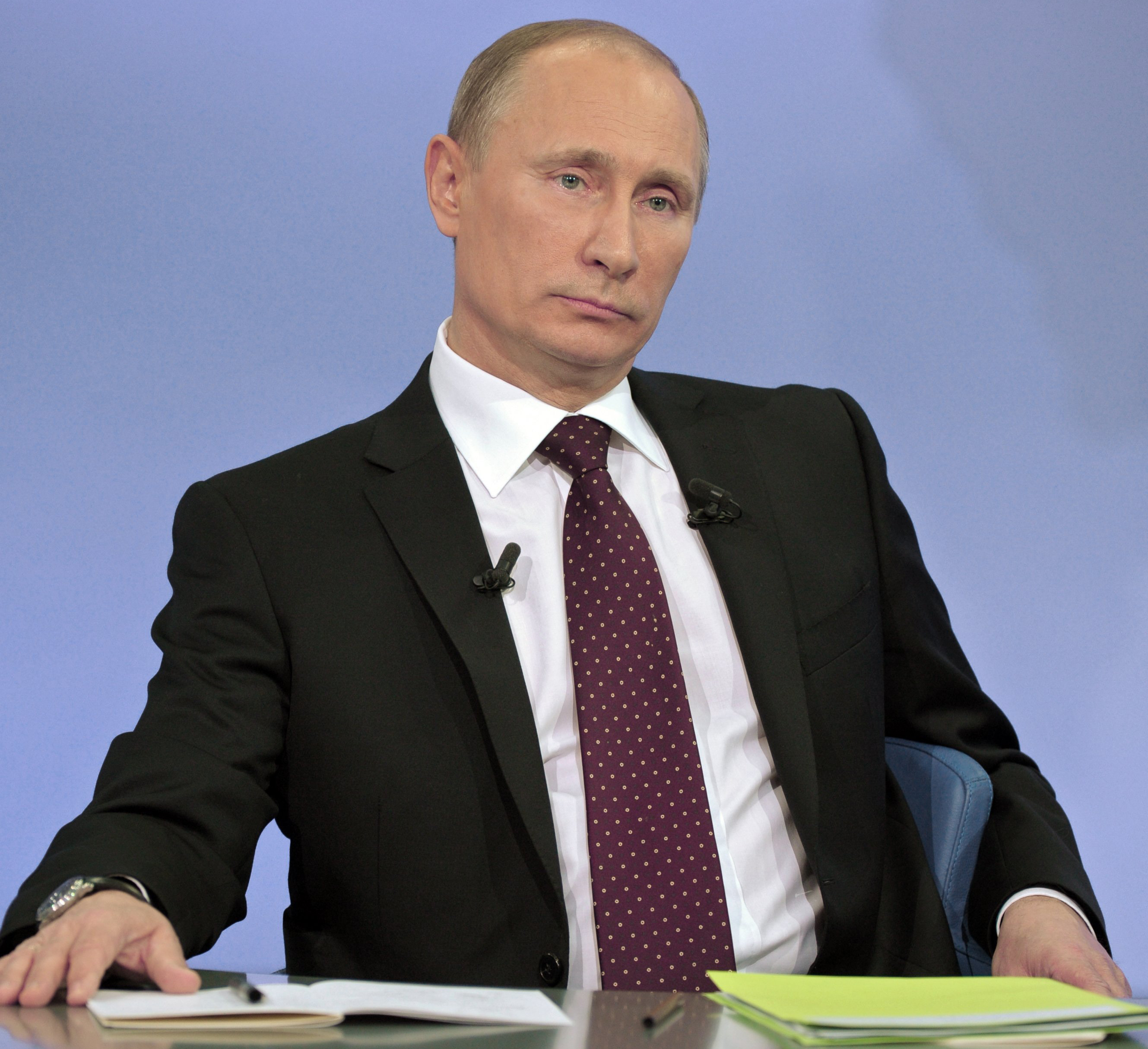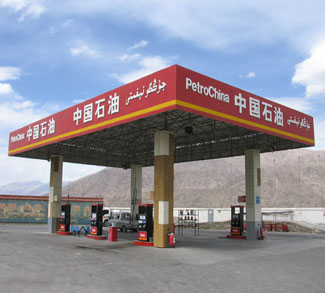The Conference on Interaction and Confidence Building Measures in Asia (CICA) held a major summit on 12-13 October in Astana (no longer Nur-Sultan), Kazakhstan. “I want to emphasize that we are not creating a new organization but are moving to a new stage of institutional development,” declared Kazakhstani President Kassym-Jomart Tokayev during the event. He was referring to ambitious plans for CICA’s future, advanced by bureaucratic reforms recently launched in the Kazakhstani capital; however, it remains to be seen if the next three decades of CICA’s existence are more eventful than the previous three.
The summit
One way to understand CICA, which celebrates its 30th anniversary in 2022, is by looking at its member states: Afghanistan, Azerbaijan, Bahrain, Bangladesh, Cambodia, China, Egypt, India, Iran, Iraq, Israel, Jordan, Kazakhstan, Kyrgyzstan, Mongolia, Pakistan, Palestine, Qatar, Republic of Korea, Russia, Sri Lanka, Tajikistan, Thailand, Turkiye, the United Arab Emirates, Uzbekistan, Vietnam, and Kuwait. A cursory glance at this list shows the great potential that CICA has for development, integration, and win-win initiatives. After all, a unified economic or political bloc stretching from the Barents and the Red Sea to the South China Sea would be a global force to be reckoned with.
For CICA’s VI Summit, 11 heads of state in addition to high-level delegations traveled to Astana, which hosts the organization’s headquarters. With an eclectic list of member states, it is logical that Astana became the CICA’s HQ, given Kazakhstan’s historical foreign policy based on multi-vectorism. Among the VIP attendees were Uzbekistan’s President Shavkat Mirziyoyev, Vietnam’s Vice President Võ Thị Ánh Xuân, Deputy Secretary General Talgat Aduov from the Parliamentary Assembly of Turkic States, China’s Vice President Wang Qishan, Bangladesh’s Foreign Affairs Minister Abul Kalam Abdul Momen, the Organization of Turkic States’ Secretary General Baghdad Amreyev, a delegation from the UAE, among others.
One particularly notable presence was that of Turkish President Recep Tayyip Erdogan. During the event, presidents Tokayev and Erdogan played a game of table tennis, taking Nixon’s famous ping-pong diplomacy to a new, more literal level. (It is unclear who won). The two countries have historically strong bilateral relations, including membership to the Trans-Caspian International Transport Route, commonly known as Middle Corridor. High-level meetings are common, as President Tokayev visited Ankara in May. The two governments aim to increase bilateral trade to “$5 billion in the short term and up to $10 billion in the medium term.”
Moreover, there was a side meeting between presidents Sadyr Japarov (Kyrgyzstan), Emomali Rahmon (Tajikistan), and Vladimir Putin (Russia). Kyrgyzstan and Tajikistan have been involved in border clashes throughout 2021 and 2022 – the latest round of fighting occurred in September. While the violence appears to have stopped, tensions continue. It is unclear if the trilateral meeting, with President Putin acting as a sort of mediator, achieved much. However, discussions and negotiations are always preferable to violence.
A CICA for the 21st century
The overall goal of CICA’s VI Summit was to decide how to transform the organization into a vibrant and more effective regional bloc in order to promote greater integration and development. “The future of Asia itself depends on our collective readiness to strengthen the dialogue between cultures, traditions, and worldviews,” Tokayev stressed. The Kazakhstani hosts made several proposals during the summit, including creating a permanent CICA finance summit and a CICA Council on Sustainable Inter-connectivity.
This latter proposal deserves more explanation. In his remarks, President Tokayev noted that “disruptions in global supply chains force us to take a fresh look at the formation of efficient transit-transport corridors,” and that “convenient and affordable ways of transporting goods are an important factor in the sustainable growth of our economies.” While the Kazakhstani president did not mention the Middle Corridor by name in his speech, a project that Kazakhstan is spearheading, this initiative no doubt was discussed during side meetings with visiting delegations.
CICA Secretary General Kairat Sarybay, a Kazakhstani diplomat, also remarked how a “structured, inclusive, and open negotiation process,” is underway to modernize CICA. A statement by CICA heads of state at the end of the summit notes that negotiations will now commence for the “gradual, incremental, and consensus-based transformation of CICA into a full-fledged regional international organization.” The initial changes are bureaucratic. For example, the Meeting of Heads of State or Government (Summit) and the Meeting of Ministers of Foreign Affairs (Ministerial Meeting) will now be called the Council of Heads of State or Government (Summit) and the Council of Ministers of Foreign Affairs (Ministerial Council). Moreover, “the status of the executive director, who heads the secretariat,” has been changed to “the secretary general,” thus Kazakhstan’s Kairat Sarybay is CICA’s first-ever Secretary General.
It seems clear that the Kazakhstani leadership is looking to transform CICA into a more dynamic and effective entity that promotes regional integration, cooperation and development, while also increasing Kazakhstan’s international image by making Astana CICA’s most prominent supporter.
Challenges
While CICA’s VI Summit was a general success (at the very least, there were no incidents or diplomatic faux pas), the long list inter-state tensions and disputes among the bloc’s members will continue to make further integration and harmony a challenge.
A quick glance of CICA’s member states shows obvious hot spots: Israel’s disputes with its neighbors and India-Pakistan tensions are well-known, the Tajik-Kyrgyz border conflict continues, Iran is at odds with Azerbaijan over the Azerbaijan-Armenia border conflict, while Asian states are concerned about China’s rising influence and aggressive foreign policy. Finally, Afghanistan has become a black hole and source of concern again now that the Taliban is back in power. Hence, diplomatic finesse and effective negotiations skills will be necessary to make CICA pass more meaningful resolutions and projects in the coming years.
Asian blocs-a-plenty
Another significant problem facing CICA is the question of how to stand out in a sea of regional blocs, as its member states have overlapping memberships with several other organizations. A brief list includes the Eurasian Economic Union, the Arab League (which will organize a summit in Algeria in November), the Organization of Turkic States, the Association of Southeast Asian Nations, the Commonwealth of Independent States, and the South Asian Association for Regional Cooperation. In addition, a new Asian bloc, the Regional Comprehensive Economic Partnership (RCEP), entered into force in January 2022.
Thus, CICA needs concrete and achievable initiatives to unite its members and make this organization stand out from other blocs. For example, as this author has previously discussed, the GUAM Organization for Democracy and Economic Development (Georgia, Ukraine, Azerbaijan, and Moldova) is looking to create a free trade area. Ideally, this would promote trade and commerce among the four countries and inject new life into the bloc. Similarly, the Kazakhstani government has proposed several compelling ideas for CICA; however, the challenge lies in how to gain support from other member states in the short- and long-term in order to make CICA more relevant in regional politics.
In his remarks, President Tokayev noted that “the number of [CICA] observers and partners has also been expanded. Turkmenistan joined CICA as an observer, and decisions were taken to establish cooperation with the Eurasian Economic Union and ASEAN.” An expanding membership can be a blessing and a curse, as it means more voices and votes at the table, potentially making consensus decisions more problematic. On the other hand, partnerships with other blocs are a good idea, as CICA should not try to compete for influence with other blocs but rather work together.
The recent CICA summit had a simple but ambitious objective: to continue the transformation and consolidation of the bloc into a relevant and effective, 21st-century organization. Kazakhstan’s multi-vector, ambitious foreign policy has a lot to gain from a more integrated and efficient CICA, but the challenge will be getting a varied and eclectic group of member states to support CICA’s initiatives given other domestic priorities and objectives.
Wilder Alejandro Sánchez is president of Second Floor Strategies, a consulting firm in Washington, DC. He is an analyst that monitors defense, geopolitical, and trade issues in the Western Hemisphere, Eastern Europe, and Central Asia.
The views expressed in this article belong to the authors alone and do not necessarily reflect those of Geopoliticalmonitor.com




